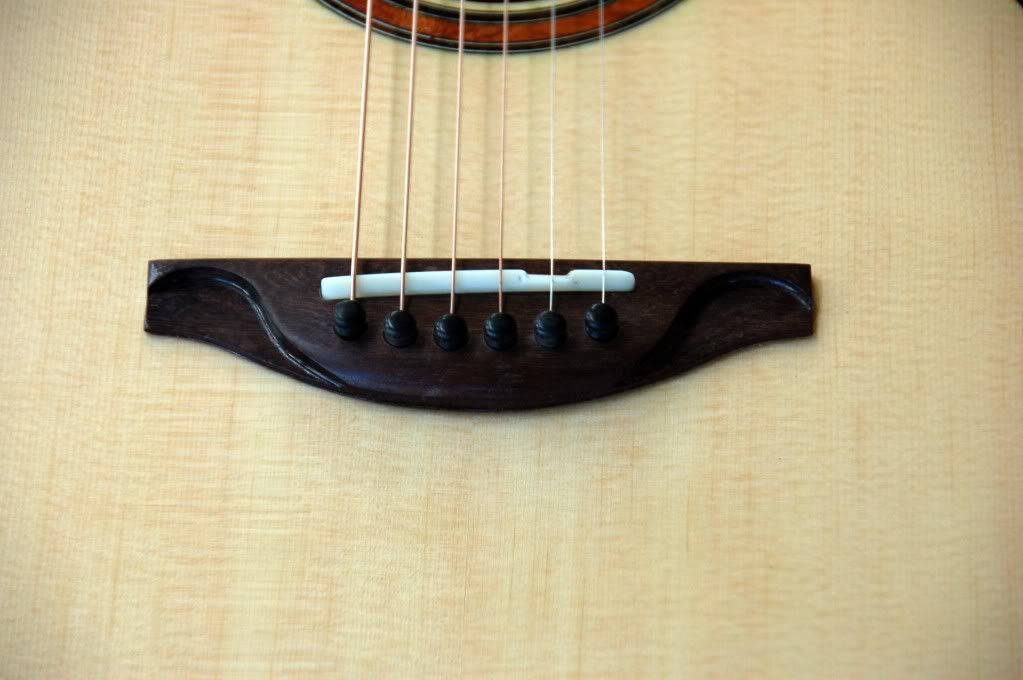Yes: as the Brits say, it's 'horses for courses'. Mario gets the response and tone he likes with a really light bridge, and that's great. One of my students got a little carried away carving hers, and it ended up at 22 grams, iirc, which was too 'bright' for her. We ended up adding some weight inside the top when it was in the white. Later, with some finish on it, it no longer needed the added weight; whether it was the extra mass of the finish, or the damping, is hard to say.
I always look at the main function of the bridge as working with the top to tell the string how long it is, so that it will know what note to make. You have to see it as part of the whole system of stiffness and mass that establishes the impedance mismatch that terminates the string. I tend to use 'tapered' bracing, which makes the top stiffer in the bridge area than 'scalloped' bracing would. With this system you need a certain amount of mass at the bridge to avoid too much of a 'high pass filter' effect. When you get it right it's reasonably responsive, with good sustain and headroom. With scalloped bracing you might find a lower bridge mass would be OK, although it's possible that the combinationm of low mass and lower stiffness could be subject to more 'wolf' notes, and would need to be carefully handled. In return you might get more responsiveness, a stronger attack, and better bass response. There's no one right way to do it in every case: all categorical statements are false.
|
![Thumbs Up [:Y:]](./images/smilies/smiley20.gif) You are right, the top of the bridge is flat and your comment to put a radius in the top is a good one. Perhaps I should wait to chamfer the holes until I bring the thickness down and radius the top...?
You are right, the top of the bridge is flat and your comment to put a radius in the top is a good one. Perhaps I should wait to chamfer the holes until I bring the thickness down and radius the top...? 
